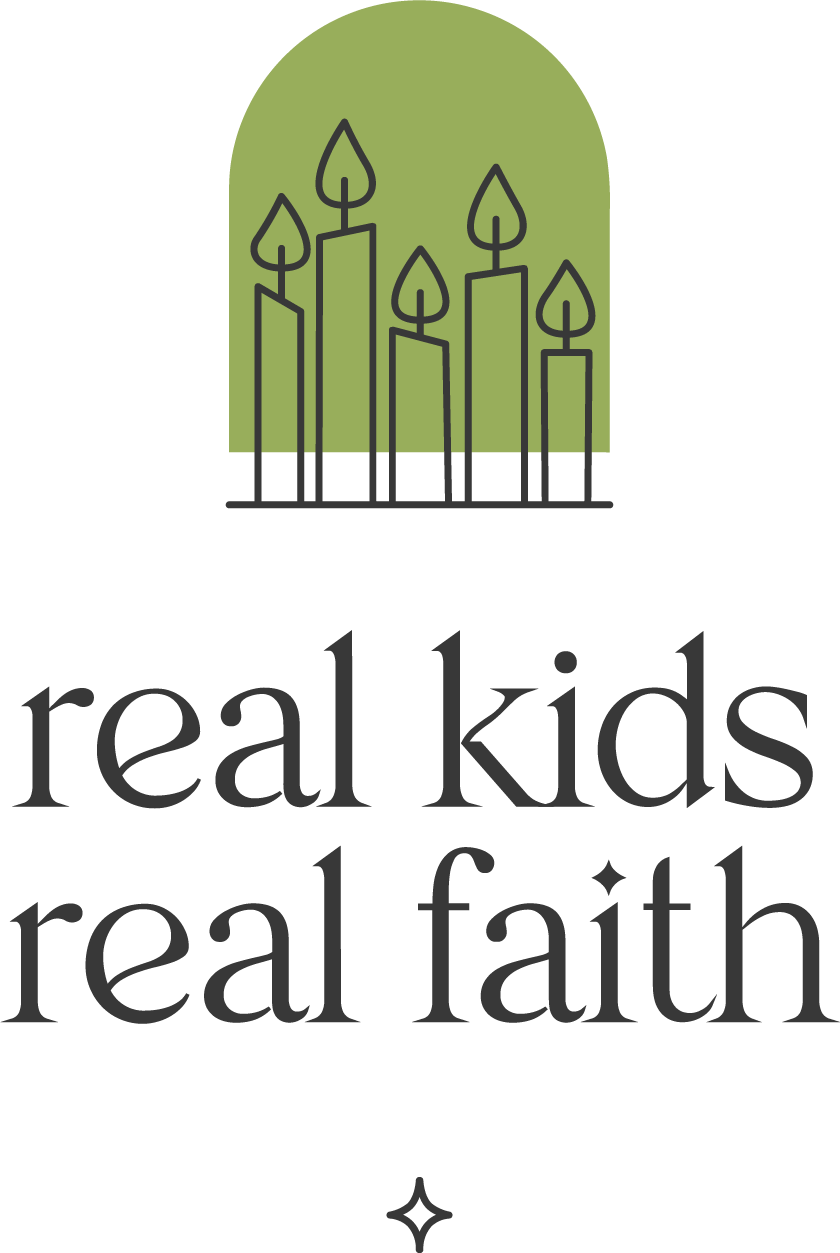When we think about young children, one aspect of their lives that comes to mind is their seeming lack of regulation. They talk back, throw tantrums, challenge limits, and struggle with social conventions like avoiding bathroom humor, saying ‘please’ and ‘thank you’, and coloring between the lines. We laugh (or cry, or shake our heads) and wait for the day when they learn self-control.
Teaching children simple mindfulness practices is one way we can help kids manage their emotions. Research suggests that learning to be mindful positively affects children’s well-being and their capacity to explore new ideas. Try one or more of the following mindfulness activities with preschool and younger elementary children to support the young people with whom you live or work.
Feelings Pose. Invite children to stand several feet apart. Say: In a moment, I’m going to play some music for you to dance. Then I will call out an emotion and pause the music. That will be your cue to strike a pose that shows how you express the feeling I named. After holding your poses for a few seconds, I’ll start the music for dancing again. Repeat this process several times, calling out different emotions.
Photo Feelings. Using a digital or instant camera, take photos of children demonstrating different feelings with their faces and bodies. Use the photos to create a Feelings Chart that you display (and might even share digitally). Include multiple photos of the same feelings so kids can see the range of expressions associated with each emotion.
Mindful Monkey. Keep a stuffed monkey (or other animal) easily available so that children can hug and stroke it when they need help finding their calm. In a group setting, invite children to bring one stuffed friend to join them in your gathering space. Provide a calm space for these mindful companions to stay while awaiting a child’s need for them. Just seeing they are nearby can be enough for some children to ground themselves.
Anchor Box. Invite kids to identify various strategies that might help them manage their emotions. Write (and/or draw) their ideas on cards and put them in a box with an anchor on it. Include more intense activities, such as running a lap, pushing against a wall, jumping, and playing with a fidget toy, as well as quieter and more relaxing actions, such as box breathing, coloring, repeating a mantra, and walking slowly around the room. Encourage children to look through the ideas in the box when they feel like their emotions are pulling them into stormy seas and they need an anchor to help them return to calm waters.
Meditation Moment. Suggest that children sit quietly and repeat slowly and softly to themselves: May I be calm. May all go well with me. After 3-4 repetitions, suggest that they think of a friend or family member and repeat: May [name] be calm. May all go well with [name]. After 3-4 repetitions, suggest that they shift their focus to someone they find challenging to get along with and repeat: May [name] be calm. May all go well with [name]. Repeat 3-4 times, and then finish by returning to a focus on themselves, repeating: May I be calm. May all go well with me.

Comments